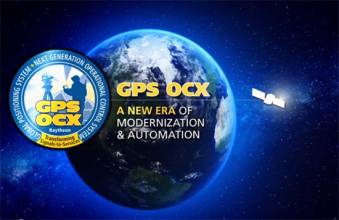
Yes, it’s that time — when we try to anticipate what 2011 holds for GNSS by analyzing (or just trying to remember) the highlights of the past 12 months in our global navigation satellite system industry.
First, 2010 was a busy year. Successful launches of 13 new satellites brought the number of GNSS spacecraft in orbit to more than 60. The highest level yet for both numbers launched and in the collective GNSS constellation.
Yes, it’s that time — when we try to anticipate what 2011 holds for GNSS by analyzing (or just trying to remember) the highlights of the past 12 months in our global navigation satellite system industry.
First, 2010 was a busy year. Successful launches of 13 new satellites brought the number of GNSS spacecraft in orbit to more than 60. The highest level yet for both numbers launched and in the collective GNSS constellation.
And even more spacecraft would be orbiting if three GLONASS-Ms had not ended up in the Pacific Ocean in December, an Indian GAGAN spacecraft had not gone down in the Bay of Bengal last April, or launch of two Galileo in-orbit validation satellites had not been delayed until 2011.
GNSS — as a technology, industry, and expanding portfolio of applications — also demonstrated a notable resilience in the face of adverse global economic conditions during 2008-2010 that were the worst in 75 years. Companies around the world turned out ever more, fuller-featured, portable, and powerful products incorporating GNSS.
In this, GNSS continued to prove its worth in supplanting older, less effective and usually more expensive technologies used in professional, scientific, and commercial enterprises.
Among consumers, the addition of GPS and, ever more frequently, GLONASS capabilities to mobile devices is supporting increased acceptance of location-driven applications. (See, for instance, our articles on market studies of current trends in mobile phone GPS navigation versus portable navigation devices and the European GNSS Agency’s study projecting a global market of $1.72 trillion in road transportation and location-based services by 2020.)
Here is the Inside GNSS take on the 2010 trends that will most influence the future:
Handicapping the GNSS Horse Race [more]
It’s still a competitive environment for national PNT programs
GNSS Interoperability [more]
A nearly unanimous harmony in the pronouncements and deliberations of GNSS leaders.
GNSS Vulnerability [more]
2010 was the year everyone became aware that jamming, interference, and spoofing could make GPS unreliable





